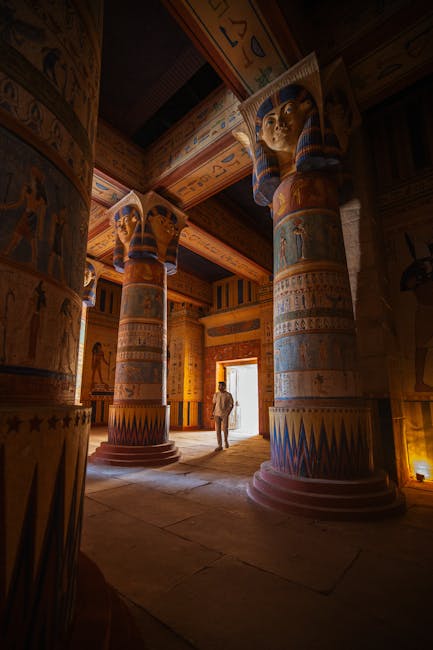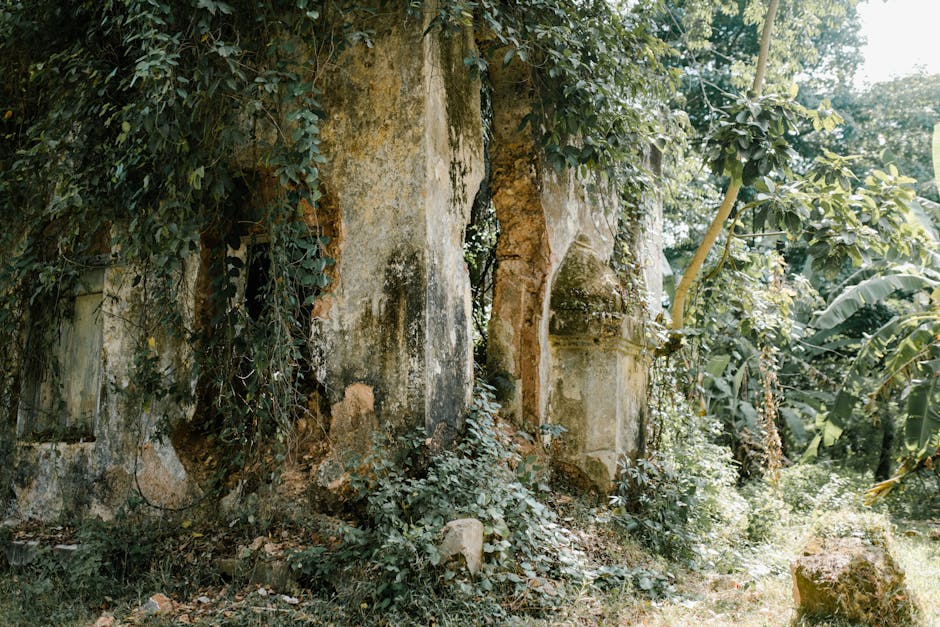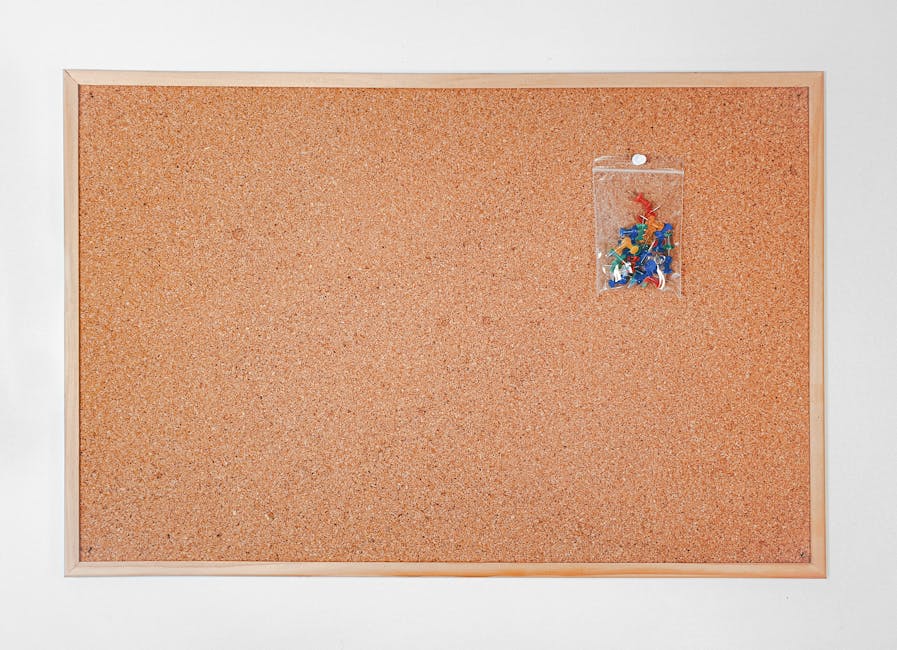Shitennoji Temple: A Journey Through Time at Japan's First Buddhist Sanctuary

Shitennoji Temple: A Journey Through Time at Japan's First Buddhist Sanctuary
Okay, let's talk about Shitennoji Temple. Seriously, if you're planning a trip to Osaka, you absolutely have to add this to your list. It's not just another pretty temple (though it is gorgeous); it's a historical powerhouse, the very first officially administered Buddhist temple in Japan! Think about that for a second. It's like stepping back in time, right into the heart of Japan's spiritual awakening.
A Glimpse into History: Prince Shotoku and the Temple's Origins

The story of Shitennoji is intertwined with the legendary Prince Shotoku, a figure revered for his contributions to early Japanese Buddhism and culture. Legend has it (and this is the fun part!) that in 587 AD, during a fierce battle to promote Buddhism against opposition from powerful clans, Prince Shotoku prayed to the Four Heavenly Kings (Shitenno in Japanese) for victory. He vowed to build a temple dedicated to them if he succeeded. Lo and behold, he did! And true to his word, he established Shitennoji, a temple intended not just for worship, but also as a center for social welfare.
I always find it fascinating how deeply rooted history is in these places. You're not just looking at old buildings; you're looking at a testament to a pivotal moment in time, a turning point for an entire nation. And Shitennoji embodies that like no other.
Exploring the Temple Grounds: What You'll Find

The temple complex is vast and wonderfully diverse. Don't try to cram it all in at once; take your time and absorb the atmosphere. Here are some of the highlights you absolutely shouldn't miss:
- The Central Gate (Chumon): This impressive gate marks the entrance to the inner sanctum. It's a photo op you won't want to miss, with its vibrant colors and imposing presence.
- The Five-Story Pagoda: Ah, the pagoda! It's a majestic sight, standing tall and elegant. While you can't climb it, admiring it from the ground is a must. Plus, it's reconstructed based on the original layout, giving you a real sense of the temple's ancient design.
- The Golden Hall (Kondo): This is the heart of the temple, housing a statue of the principal deity, Guanyin (Kannon in Japanese), the bodhisattva of compassion. The atmosphere inside is incredibly serene and peaceful.
- The Lecture Hall (Kodo): This hall is used for Buddhist lectures and ceremonies. Depending on the day, you might even be able to observe a service.
- The Gokuraku-jodo Garden: Trust me on this one. This garden is a hidden gem. It's designed to represent the Buddhist paradise (Gokuraku-jodo), and it's incredibly tranquil. Perfect for a moment of quiet reflection. The beautifully manicured landscape, the serene pond, and the peaceful atmosphere will leave you feeling refreshed.
Beyond these main structures, you'll also find smaller halls, statues, and gardens tucked away throughout the complex. I always enjoy wandering around and discovering these little treasures. You never know what you might find!
Rebuilding and Resilience: Shitennoji Through the Ages

Now, it's important to remember that Shitennoji has been through a lot. Over the centuries, it has been destroyed by fire and war numerous times. But each time, it has been painstakingly rebuilt, always adhering as closely as possible to the original Prince Shotoku design. This commitment to preservation is truly remarkable. It's a testament to the enduring power of faith and the dedication of the people who have cared for this temple for over 1400 years.
Knowing this history makes visiting the temple even more meaningful. You're not just seeing a beautiful structure; you're seeing a symbol of resilience, a reminder that even in the face of adversity, something beautiful and enduring can be created.
Beyond the Buildings: Experiencing the Temple's Spirit

For me, visiting Shitennoji is about more than just seeing the sights. It's about experiencing the temple's atmosphere, its spirit. Here are some ways to do that:
- Attend a Ceremony: If you have the opportunity, try to attend a Buddhist ceremony. Even if you don't understand the language, the chanting and rituals are incredibly moving.
- Light an Incense Stick: Purchase an incense stick at the temple and offer it at one of the designated areas. The fragrant smoke creates a calming atmosphere.
- Write an Ema: An ema is a small wooden plaque on which you can write a prayer or wish. Hang it at the temple, and hopefully, your wish will come true!
- Observe the Locals: Take some time to simply observe the locals who come to the temple to pray. It's a great way to get a sense of the temple's importance in their lives.
These simple acts can help you connect with the temple on a deeper level and truly appreciate its significance.
The Flea Market: A Treasure Trove of Finds

If you're lucky enough to visit Shitennoji on the 21st of each month, you're in for a treat! That's when the temple hosts a massive flea market. It's a vibrant and bustling affair, with vendors selling everything from antiques and vintage clothing to local crafts and delicious food. It's called "Kobo-san's Day".
I've found some incredible treasures at the Shitennoji flea market over the years. It's a great place to find unique souvenirs and get a taste of local culture. Just be prepared to haggle a little (politely, of course!).
Even if you're not planning to buy anything, the flea market is worth a visit just for the atmosphere. It's a sensory overload in the best possible way!
Practical Information: Planning Your Visit

Alright, let's get down to the nitty-gritty. Here's some practical information to help you plan your visit to Shitennoji:
- Location: Shitennoji is located in the Tennoji district of Osaka.
- Getting There: The temple is easily accessible by public transportation. The closest subway stations are Shitennoji-mae Yuhigaoka Station (on the Tanimachi Line) and Tennoji Station (on the JR Loop Line and Midosuji Line).
- Admission: Admission to the outer grounds of the temple is free. However, there is a small fee to enter the inner sanctum, the Gokuraku-jodo Garden, and some of the other halls.
- Hours: The temple grounds are generally open from early morning to late afternoon. However, the hours for specific halls and gardens may vary. Check the temple's website (usually available in Japanese but often with some English translation) for the most up-to-date information.
- What to Wear: While there's no strict dress code, it's always respectful to dress modestly when visiting a temple. Avoid wearing overly revealing clothing.
- Photography: Photography is generally allowed on the temple grounds, but flash photography may be prohibited in certain areas. Always be respectful of the temple's rules.
A pro-tip: try to go during the week. It's generally less crowded than on weekends or holidays.
Nearby Attractions: Making the Most of Your Trip

Since you're already in the Tennoji district, why not explore some of the other attractions in the area? Here are a few suggestions:
- Tennoji Zoo: A great option if you're traveling with kids. The zoo is home to a wide variety of animals from around the world.
- Abeno Harukas: This is the tallest building in Osaka and offers stunning panoramic views of the city. Definitely worth a visit, especially at sunset.
- Shinsekai: A nostalgic district with a retro vibe. It's famous for its Tsutenkaku Tower and its delicious (and often quirky) street food.
- Isshin-ji Temple: Another unique temple known for its statues made from the ashes of deceased people. It's a bit different, but definitely worth a visit if you're interested in the unusual.
Combining a visit to Shitennoji with these other attractions will give you a well-rounded experience of the Tennoji district.
Shitennoji: More Than Just a Temple

For me, Shitennoji is more than just a temple; it's a window into Japan's past, a testament to its resilience, and a reminder of the enduring power of faith. It's a place where you can feel the weight of history, experience the beauty of Buddhist art and architecture, and find a moment of peace and tranquility in the heart of bustling Osaka.
So, next time you're planning a trip to Japan, make sure you add Shitennoji to your itinerary. You won't regret it. It's an experience that will stay with you long after you've left. And who knows, you might even discover a little bit about yourself along the way. That's what travel, and places like Shitennoji, are all about, right?
Final Thoughts and Personal Reflections

I remember my first time visiting Shitennoji. I was a bit overwhelmed by the sheer scale of the place, but I was also captivated by its beauty and its history. I spent hours wandering around the grounds, admiring the architecture, and soaking up the atmosphere. It was a truly unforgettable experience.
Since then, I've visited Shitennoji many times. And each time, I discover something new. Whether it's a hidden statue, a peaceful garden, or a fascinating story, there's always something to learn and appreciate. It's one of those places that just keeps giving.
So, if you're looking for a truly unique and enriching travel experience, I highly recommend visiting Shitennoji. It's a place that will touch your heart and soul, and leave you with a deeper appreciation for the history and culture of Japan. And who knows, you might even find a little bit of inner peace along the way.
Post a Comment